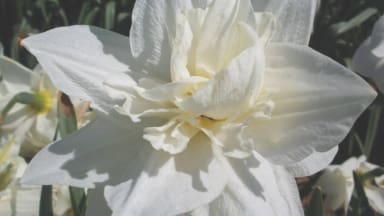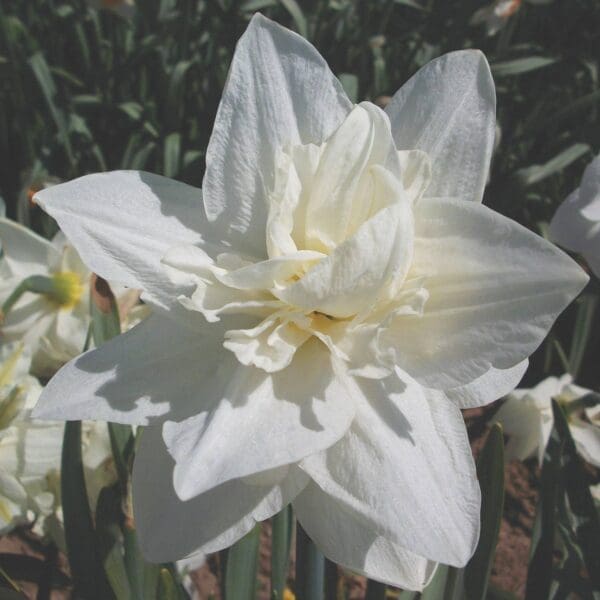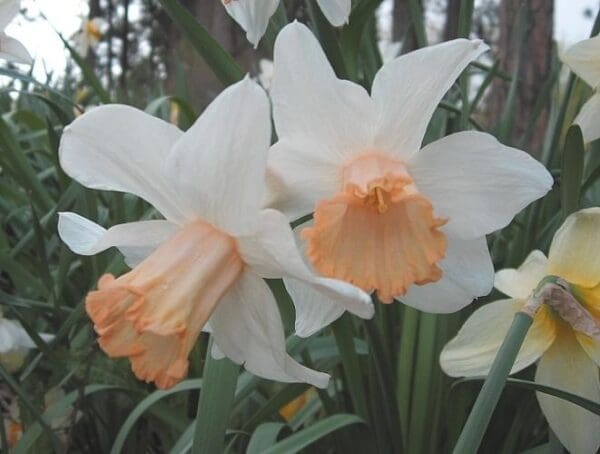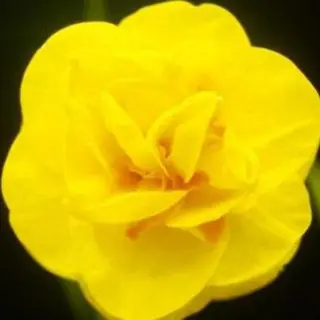
By means of the Daffodil Diaries project, the Royal Horticultural Society (RHS) hopes to build a map of daffodils flowering across the country. The RHS is asking people to log where daffodils are flowering in their area along with basic information such as colour, type and height. Collating the data, RHS scientists hope to understand the environmental influences on the plants, as well as revealing rare varieties that may be at risk of being lost for ever – such as Mrs William Copeland and Sussex Bonfire.
Dr Kálmán Könyves, Principal Scientist in RHS Science’s Cultivated Plant Diversity team and expert in classifying and recording daffodils, explains: “Daffodils have come to mark the arrival of spring and are celebrated for their welcome burst of colour in gardens, parks and roadsides. But there’s more to this ubiquitous yellow flower than meets the eye, with 31,000 known varieties available in green, pink and red. Understanding where they can be found will help us in preserving this diversity for the future.”
There are three particular varieties of daffodil the RHS has asked the public to look out for:
- Mrs William Copeland, a white, double flowered daffodil, bred by the renowned breeder William Fowler Copeland (1872 to 1953) is a particularly well-known daffodil breeder from this time.
He named this white, double-flowered daffodil after his wife. - Named after bonfire night in Lewes, Sussex, the Sussex Bonfire was bred by Noel Burr and has not been seen for at least 20 years. This daffodil has a distinct bright orange-yellow flower.
- The Mrs R O Backhouse daffodil, bred by Sarah Backhouse was named by her husband after her death in 1921. This is a large-cupped daffodil, flowering in mid- to late spring with 10cm ivory petals with long, cylindrical, pale salmon-orange trumpet. The daffodil is known to exist in national collections but its actual whereabouts are unknown.



“Rare varieties could be lost if they’re not found and cared for. While six National Plant Collections do protect some, many others aren’t yet safeguarded, which is why we encourage everyone to look for rare varieties this spring,” said Gwen Hines, CEO of Plant Heritage
Finding these rare daffodils will not only aid their survival, but allow scientists to preserve their genetic material – which could be valuable for future breeding of daffodils. Having a wide variety of flowers is important as the climate changes, some have been found to be more resilient to extreme weather than others.
All information and images of daffodil sightings thought to be the above varieties should be submitted to the charity via the RHS website.

